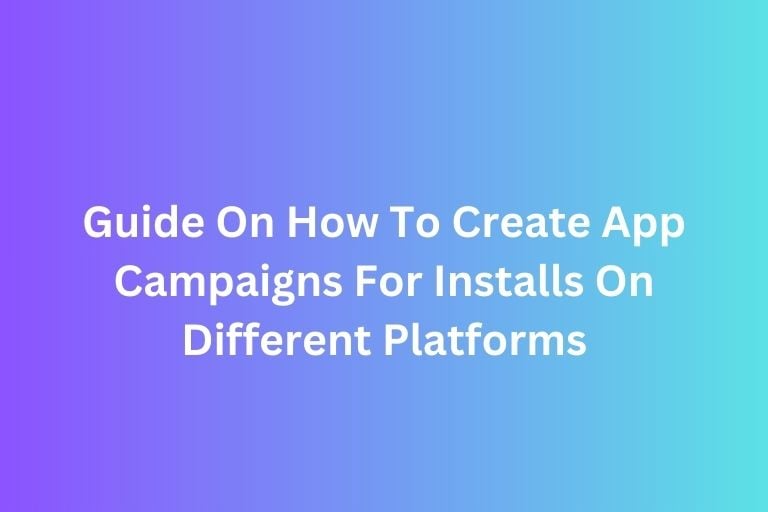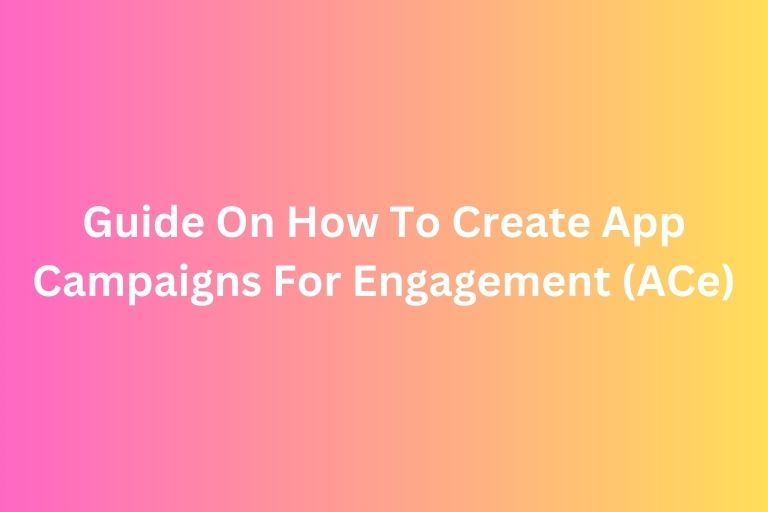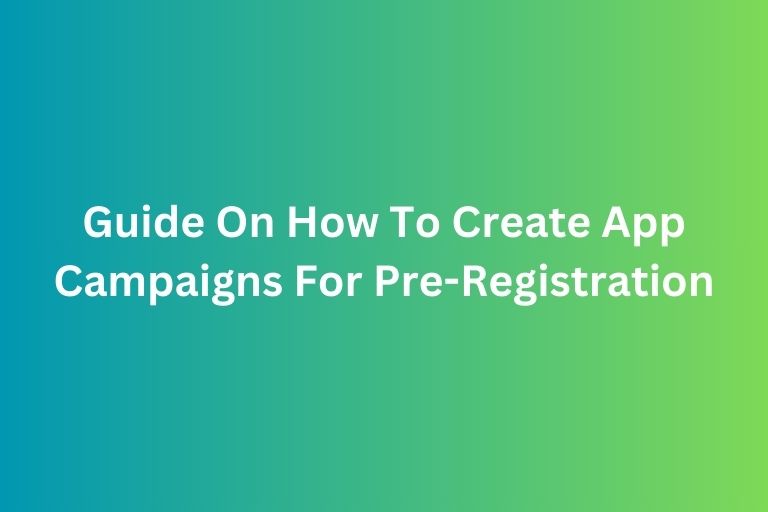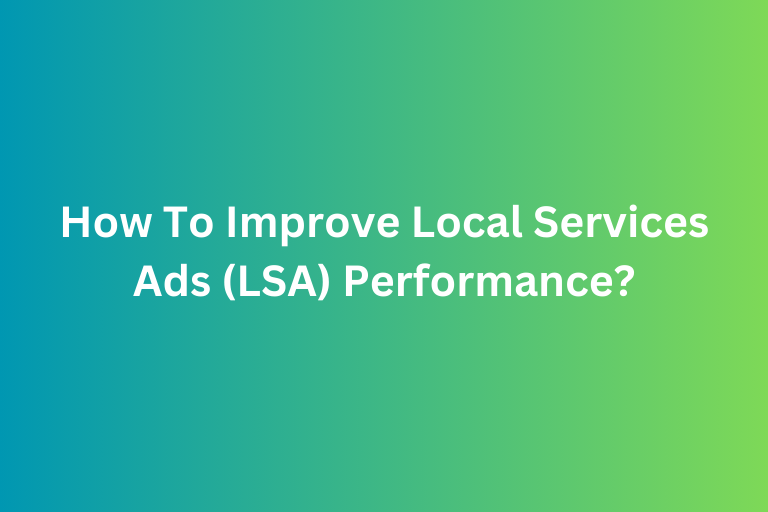If you’ve ever dabbled in online advertising or are just starting, you’ve likely come across terms like Google Ads and Programmatic Ads. Both are powerful ways to reach your audience, but they’re not the same thing. Understanding the difference can help you decide which strategy best suits your goals.
What Are Google Ads?
Google Ads (formerly known as Google AdWords) is an advertising platform created by Google. Think of it as a way to show your ads directly on Google search results, YouTube, and partner websites.
Here’s how it works:
- Search Ads: Your ad shows up when someone searches for specific keywords. For example, if you sell handmade candles, your ad might appear when someone Googles “best scented candles.”
- Display Ads: These are visual banner ads that appear on websites within Google’s network.
- YouTube Ads: Video ads that play before or during YouTube videos.
- Shopping Ads: Perfect for online stores, these ads showcase your products at the top of search results.
Google Ads is pay-per-click (PPC), meaning you only pay when someone clicks your ad.
Key Takeaway: Google Ads is great for targeting people actively searching for something specific, whether it’s a product, service, or solution.
Learn more:
How To Create Your First Display Ads
How To Create Your First Search Ads
How To Create Your First YouTube Ads
What Are Programmatic Ads?
Programmatic advertising is a more automated way to buy and place ads across the internet. Instead of manually setting up ads on a single platform (like Google Ads), programmatic ads use technology to buy ad space in real time on multiple websites, apps, and platforms.
Here’s what makes it unique:
- Automation: A software (often called a demand-side platform or DSP) does the heavy lifting, selecting the best ad placements based on your target audience.
- Broader Reach: Programmatic ads aren’t limited to Google’s ecosystem. They appear on websites, mobile apps, streaming platforms, and even smart TVs.
- Audience Targeting: It uses data to serve ads to the right people at the right time. For example, someone who’s recently searched for “new running shoes” might see an ad for your sports store, even if they’re reading a news article.
Key Takeaway: Programmatic ads are ideal for reaching a large, diverse audience across the internet and targeting them with precision.
Continue reading: How To Set Up Programmatic Advertising
Key Differences Between Google Ads and Programmatic Ads
|
Feature |
Google Ads |
Programmatic Ads |
|
Scope |
Limited to Google’s ecosystem |
Covers the entire internet |
|
Control |
You manage ad placements manually |
Automation handles placements |
|
Targeting |
Based on keywords and basic audience |
Advanced data-driven targeting |
|
Ad Formats |
Search, display, YouTube, shopping |
Display, video, mobile, and more |
|
Cost |
Pay-per-click or impressions |
Often based on real-time bidding |
Which One Should You Choose?
The choice depends on your goals:
- Use Google Ads if: You want a simple way to advertise on Google’s platforms and directly target people searching for your product or service.
- Use Programmatic Ads if: You want to scale your reach, rely on automation, and target a broader audience with data-driven precision.
In many cases, businesses use both strategies to maximize their advertising success.
Final Thoughts
Google Ads and Programmatic Ads are both powerful tools, but they’re not interchangeable. Google Ads offers a hands-on approach to reaching users in Google’s ecosystem, while programmatic ads open the door to automated, data-driven campaigns across the web. By understanding the strengths of each, you can create a strategy that works for your goals and budget.
Boost Your Business with Professional Paid Advertising Services from FoxAdvert! Contact Us Today to Get Started!











